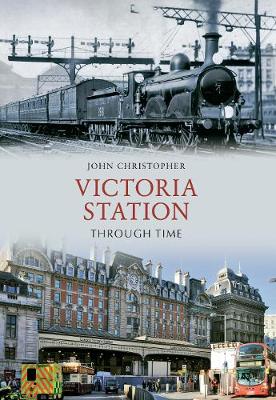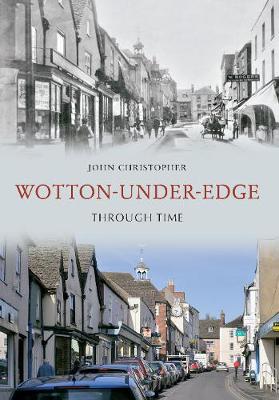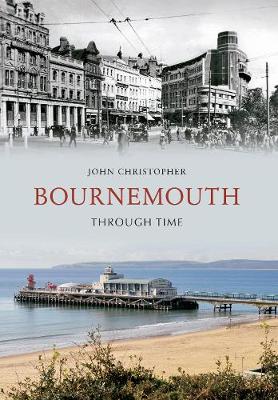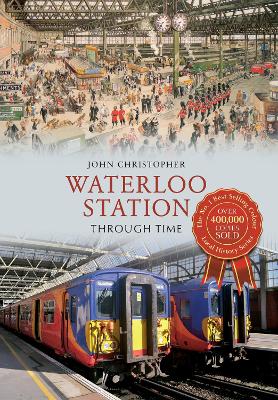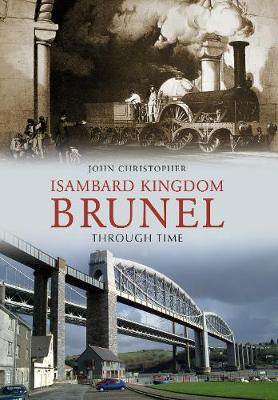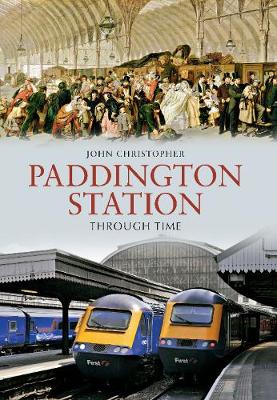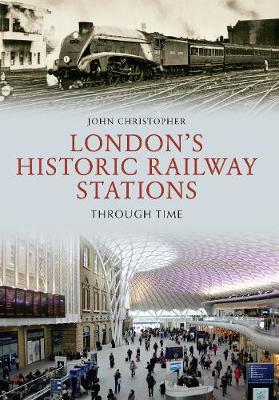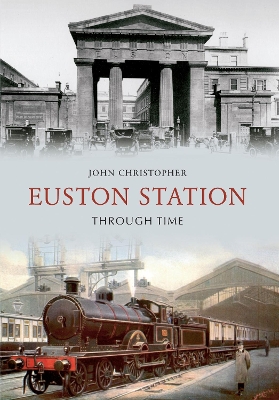Through Time
11 total works
Contrasting old and new images, John Christopher examines Telford's principal works to highlight his diverse, but often overshadowed, achievements. These include not only the Menai bridge, of course, but also the other masonry and iron bridges, the Ellesmere Canal with its aqueducts at Pontcysyllte and Chirk, the Caledonian Canal slicing though Scotland's Great Glen, and the A5 road running between London and Holyhead.
Here, John Christopher tells the story of the man and his tunnels, bridges, railways, ships and buildings, with many new illustrations accompanying the old, showing the changes time has made to Brunel's greatest legacy - the things he designed and built that we still take for granted and use every day, over a century and a half since his death.
John Christopher examines the principal termini in a clockwise order, starting with Victoria in the west, then Paddington and along the Euston Road to include Marylebone, Euston, St Pancras and King's Cross, with Liverpool Street and Fenchurch Street to the east, before continuing back along the north bank of the Thames for Cannon Street, Blackfriars (Holborn Viaduct) and Charing Cross. South of the river there are London Bridge and Waterloo.


